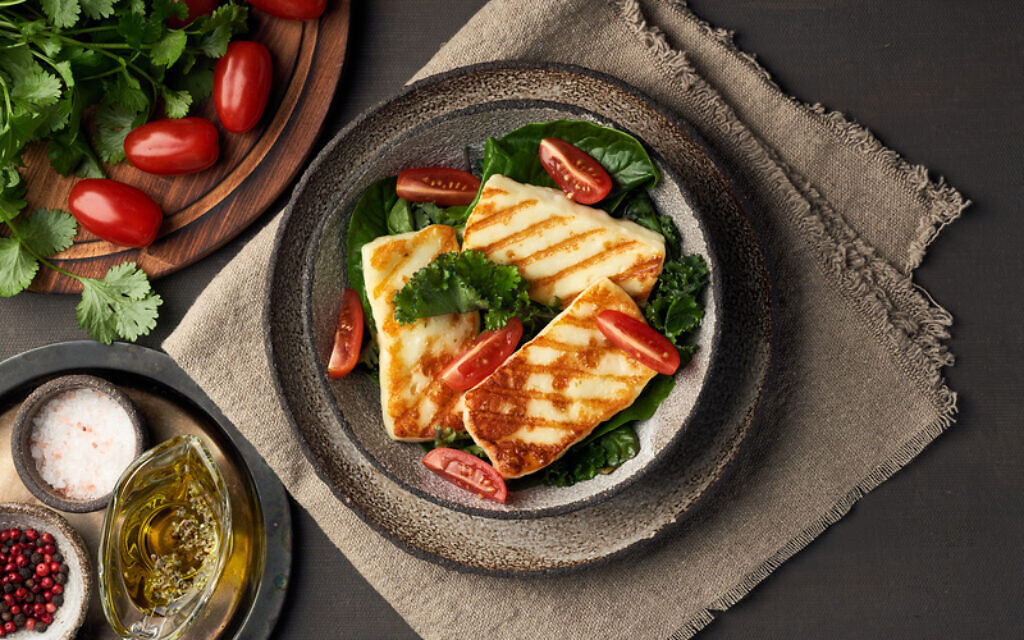Jewish and on a low-FODMAP diet? Here’s some handy tips!
IBS sufferer and author for The Nosher Rachel Levin explains what FODMAPs are and offers some useful tips.
Hi, everyone. I’m so sorry we have to meet like this. Apparently, in a past life, you didn’t solve a riddle at a troll bridge and were thus hexed to suffer from irritable bowel syndrome (IBS) for the rest of your days. That, or you’re an Ashkenazi Jew. I see no other option. Regardless of the how, mazals on being part of a very exclusive club of people who live their lives in a constant state of bloating, cramps, nausea and my favourite: instant and/or unexpected diarrhoea.
Let me introduce myself. My name is Rachel, and I’ve been a proud member of the IBS club for as long as I can remember. So proud, that I have committed to making IBS 90 per cent of my personality; I never, ever shy away from a conversation about bowel habits. I’m no GI doctor and I’m not a nutritionist (so don’t yell at me, I’m fragile). However, I’ve seen my fair share of both, done enough research to write a thesis, and most importantly, have probably experienced … all of the symptoms.
I also love to eat. A lot. And have a love for classic Jewish eats. The only problem is many Jewish foods are atomic bombs for the digestive system. Luckily, I’ve done the research, and present to you the ultimate guide to Jewish food when your gut has damned you to a life of misery. In order to explain why the follow- ing recipes are gut-approved, we need to understand FODMAPs. So gather around, my sweet, gassy children for a very brief breakdown.
What are FODMAPs?
For us IBS veterans *hair flip*, you might be familiar with the term “FODMAP”. FODMAP is an acronym that stands for – get ready, long words ahead – fermentable oligosaccharides, disaccharides (lactose), monosaccharides (fructose), and polyols. Basically, it’s a group of naturally occurring (but indigestible) sugars or carbohydrates that aren’t absorbed properly in the gut, which can trigger symptoms in people with IBS. For those with gut problems, eating certain high-FODMAP foods can sometimes make your life with IBS harder.
Some of the most common high FODMAP foods include: onion, garlic, apples, mushrooms, wheat, avocados, beans, and more. Like, so many more. Not to mention dairy. The low-FODMAP diet isn’t meant to be followed long term (because you might actually develop an intolerance to a food you can easily digest), but it’s what I’ll be basing this guide on because, hi! I’m just a human, and I have no way of knowing which foods upset your stomach.
Five FODMAP tips to treasure:
- Be careful of quantities. Some people can tolerate certain foods in higher quantities, while others cannot. For example, sweet potato and chickpeas can be harmless for many people with IBS (and even good for healthy gut bacteria!), but hell on earth for others when they surpass the recommended amount.
- Don’t combine cooked and uncooked vegetables. The FODMAP levels in veggies change when cooked or raw, and this inconsistency can upset the stomach.
- Learn to love alternatives and low-FODMAP swaps.
- Get comfortable making your own staples. Many brands and items contain FODMAPs like garlic powder – even other spices.
- Infused olive oil is about to be your BFF. While garlic powder might not be FODMAP friendly, infused oils usually are. This is a great way to get garlic and onion flavours in your meals without the real thing if those are your Achilles heels.
Low FODMAP baba ganoush
INGREDIENTS
1 teaspoon minced parsley
1 medium eggplant
2 tbsp garlic-infused extra virgin olive oil
2 tsp lemon juice, plus more to taste
3/4 tsp salt, plus more to taste
1/3 cup pure tahini (not a prepared tahini dip, which may contain preservatives and additives)
METHOD
Line stovetop with aluminium foil or burner covers. Turn a burner to high heat and place eggplant directly over burner grate, turning occasionally with tongs until all sides are charred and eggplant is soft, about five minutes per side or 15-20 minutes total. Remove to a baking sheet and let cool completely. Drain juices, remove skin and place eggplant pulp in the bowl of a food processor. Add oil, lemon juice, salt and tahini and process to desired consistency, pulsing 20-30 times for chunkier results or blending 15 seconds for smoother results. Season with additional lemon
juice and salt to taste. Transfer to a bowl, garnish with parsley.
This article was originally published on The Nosher, JTA
Get The AJN Newsletter by email and never miss our top stories Free Sign Up


comments